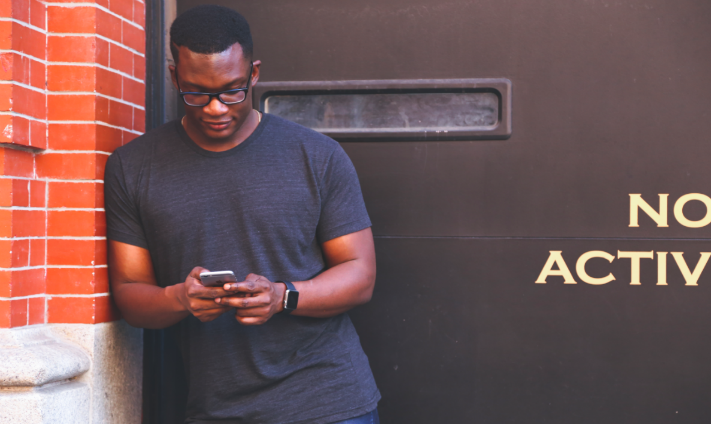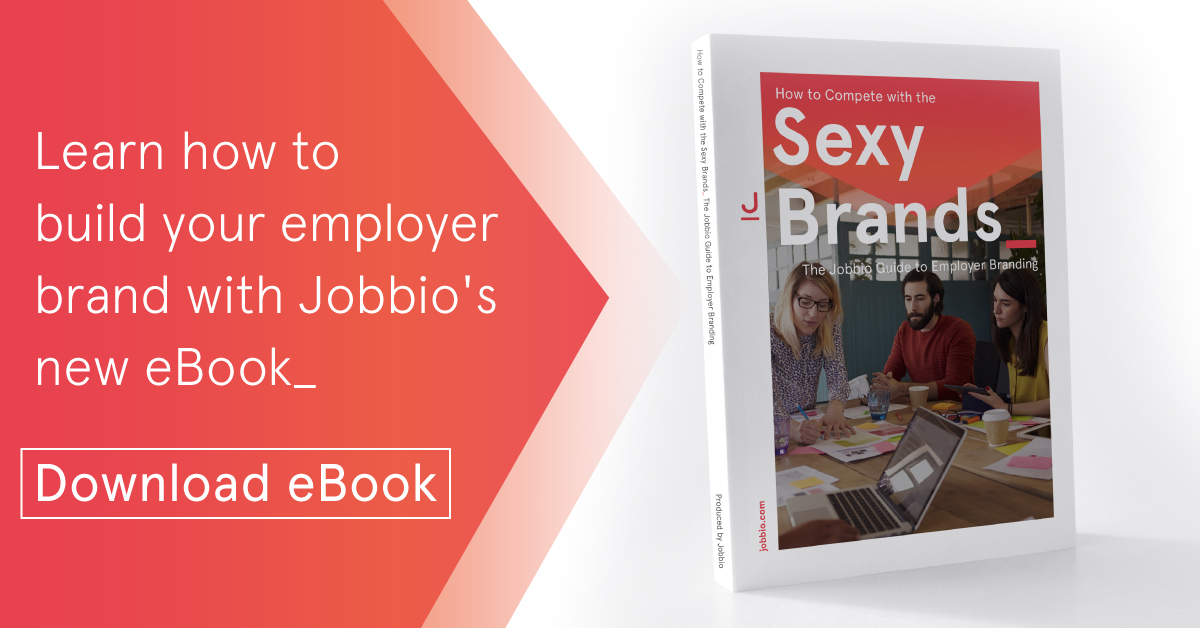The realisation that you’ve got to do an interview can be a bit of a shock to the system, especially if your job hunt has been a few months in the making.
Sure, you’ll have known at the back of your mind that this is the ultimate goal of all those roles you’ve been applying for. But the application process is such a mammoth task all on its own that it’s totally understandable if you shelved the notion of interviews while you concentrated on simply getting a reply back from a hiring manager.
 Now that you have an interview, you’ll need to focus. The prep you need to do will depend on the interview stage you’re at. If it’s an initial screening call with HR, you’ll need to do a little less than you will if you’re heading into a full-scale technical test, for example.
Now that you have an interview, you’ll need to focus. The prep you need to do will depend on the interview stage you’re at. If it’s an initial screening call with HR, you’ll need to do a little less than you will if you’re heading into a full-scale technical test, for example.
So what steps should you take to practise and prepare for a job interview? We break them out below.
Step 1: Understand what the job involves
Look at the job description again and get to know the role’s key responsibilities and required skills, matching them to your own abilities. Research the company by searching its website and social feeds for news and updates. Google for any wider news updates, and make sure you’ve a grasp on its culture and values too.
Step 2: Refine your personal pitch
When you’re asked “tell me about yourself”, do you go into a spiel about your childhood, right through your college years, your trip around Asia, before petering to a halt?
This isn’t what the question is for. Rather, you should be prepared with a professional story that succinctly summarises your career journey, including key achievements and transitions.
You should also prepare an elevator pitch, which will be a concise summary of your background, your skills, and why you’re a good fit for the role.
Step 3: Prep questions and scenarios
Take a hard look at what the job description is looking for. It could be asking for someone with three to five years’ of experience building teams, delivering software projects using CI/DC methodology, or someone with a track record in Japanese translation.
Identify the wants, and then work on preparing some examples from your own career experience that match up. You can do this in a variety of ways, but the STAR method (Situation, Task, Action, Result) is a good way to prepare your answers as it helps you to structure quick anecdotes where you won’t waffle.
So, if you are asked, “Describe a situation where you had to work as part of a team”, you’d give a brief overview of the situation and issue at hand to provide context. Next, you’ll talk about your role in the task, followed by the action: this is where you talk about the specific things you did to make the situation work. Lastly, elaborate on the positive results you achieved.
Prepare a number of these to cover as many bases as you can. Examples might include “Tell me about a mistake you made. How did you resolve it?”, or “Can you give me an example of a time you were given a KPI and how you achieved it?”
One great advantage of video interviews is that you can jot down some key stats on an index card or Post-it, and keep it handy, in case you might need them.
Step 4: Practise your answers
If you’ve got an amenable friend or colleague you can ask them to help you do some mock interviews. Ask them to ask you a series of questions, and use their feedback to improve your responses.
You can also record yourself with your phone, giving your answers to hypothetical questions. This allows you to understand the areas you might need to work on.
Thanks to the advent of generative AI, you can get chatbot tools such as ChatGPT to work with you too. It can simulate a mock interview by asking you common and role-specific interview questions.
For example, it can ask common behavioural questions like, “Tell me about a time you faced a challenge at work”, or delve deeper into technical questions like coding problems, or system design questions.
You can then provide your answers, and it’ll give you feedback on clarity, structure, and content, along with suggestions for improvement.
Step 5: Work on your body language
What you say matters hugely, but your body language, also known as non-verbal communication, is important too. This encompasses things like eye contact, body language, social distance, touch, voice, and our use of objects.
Non-verbal cues are often very strong indicators of how someone is feeling, or acting. Experts say that 55% of first impressions are made by what we see, and only 7% relate to the content of what you’re saying.
Interviewers will also often know if a candidate is lying, by picking up on things such as excessive fidgeting, darting eyes, or using a hand to cover their mouth or eyes. So it is worth practising this in front of a camera, too.
Step 6: Final touches
Don’t forget to prepare questions for the interviewer as this shows that you’re engaged and interested in the role. From asking what your first 100 days would look like to questions around the team structure, or what the company’s culture and future plans are, aim to show that you’re already invested in the job.
Lastly, even though many interviews, especially at the early stages, are now conducted online, do give some thought to what you’ll wear. Choose appropriate clothing based on the company’s dress code, and if you’re not sure, aim for professional attire.
Looking for more career advice?
Check out our Cheat Sheet series which includes advice on what to never say in an interview and the things you should never do when you leave a company. Or, take a look at how to approach all the various interview stages, or this piece which has advice on what to do if you’ve been fired.
Want more like this?
If you enjoyed what you’ve read above, and would like to get original work-related content on your own website, plus the chance to maximise your revenue, contact us now.













